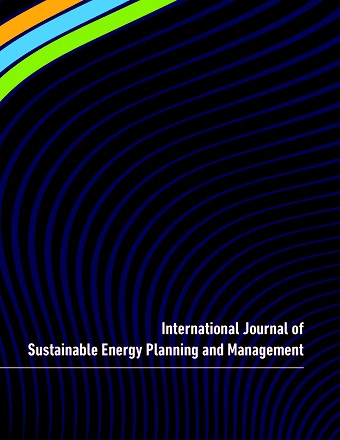Methodology to design district heating systems with respect to local energy potentials, CO2-emission restrictions, and federal subsidies using oemof
Main Article Content
Abstract
To combine a variety of different heat generating technologies, static design methods will not be sufficient to design future heat supply systems. New energy system design approaches are being developed with consideration of fluctuating renewable energy sources, different subsidy measures, as well as CO2-emission reduction targets. The motive of this study is to develop a new methodology to design and optimise an energy system considering these constraints. The methodology is developed based on the Open Energy Modelling Framework (oemof) and applied on a sub-urban region in northern Germany. Local specifics of energy source potentials are taken into account. It adapts the boundary conditions of a German federal funding program for innovative heat supply networks “Heating Network Systems 4.0.” Federal funding restrictions of combined heat and power systems and self-consumption are also considered. An economic optimisation was conducted considering a variety of energy sources. Cost optimal energy system design was computed regarding investments costs, energy prices and annual CO2-emission restrictions. The integration of combined heat and power (CHP), photovoltaic (PV) and heat pump (HP) systems in combination with storage size optimisation can reduce CO2-emission of heat production by approx. 69% compared to the current state of heat production.
Article Details
Articles published in International Journal of Sustainable Energy Planning and Management are following the license Creative Commons Attribution-NonCommercial-NoDerivs 3.0 Unported (CC BY-NC-ND 3.0)
Authors retain copyright and grant the journal right of first publication with the work simultaneously licensed under a Creative Commons Attribution License: Attribution - NonCommercial - NoDerivs (by-nc-nd). Further information about Creative Commons
Authors can archive post-print (final draft post-refereering) on personal websites or institutional repositories under these conditions:
- Publishers version cannot be stored elsewhere but on publishers homepage
- Published source must be acknowledged
- Must link to publisher version

